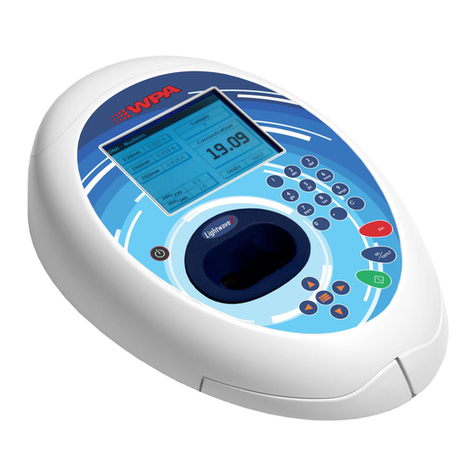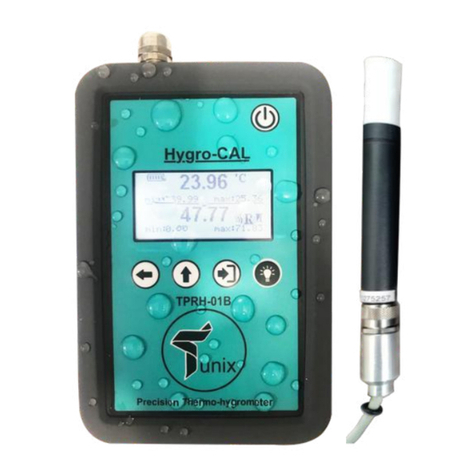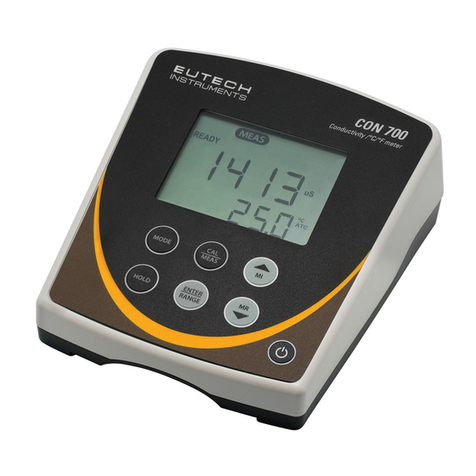Thermo Electron Cahn C-34 User manual




















This manual suits for next models
1
Table of contents
Other Thermo Electron Measuring Instrument manuals
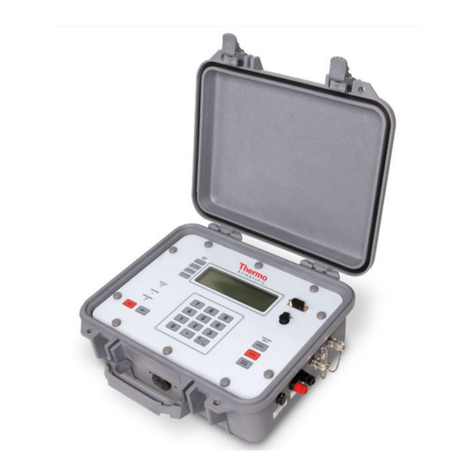
Thermo Electron
Thermo Electron Polysonics SX30 User manual
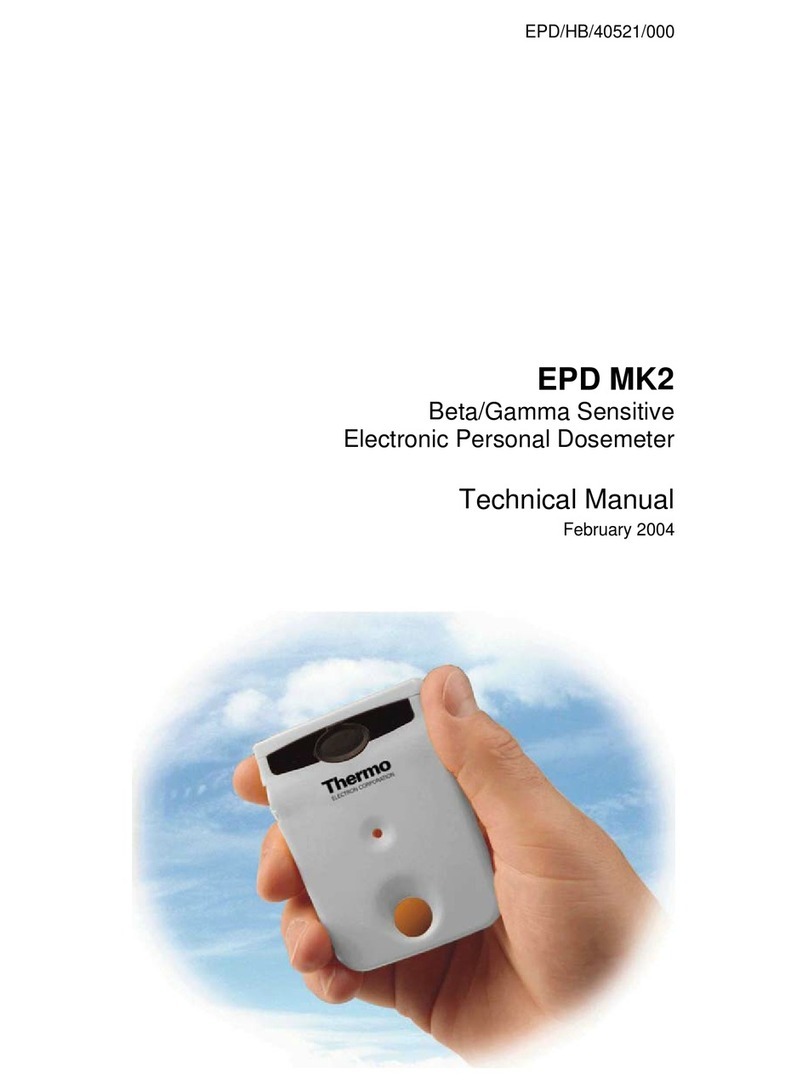
Thermo Electron
Thermo Electron EPD MK2 User manual
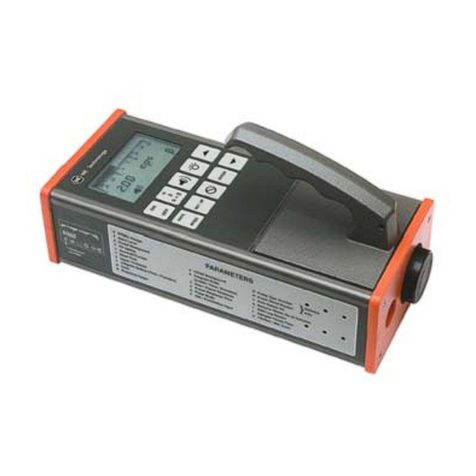
Thermo Electron
Thermo Electron ELECTRA User manual
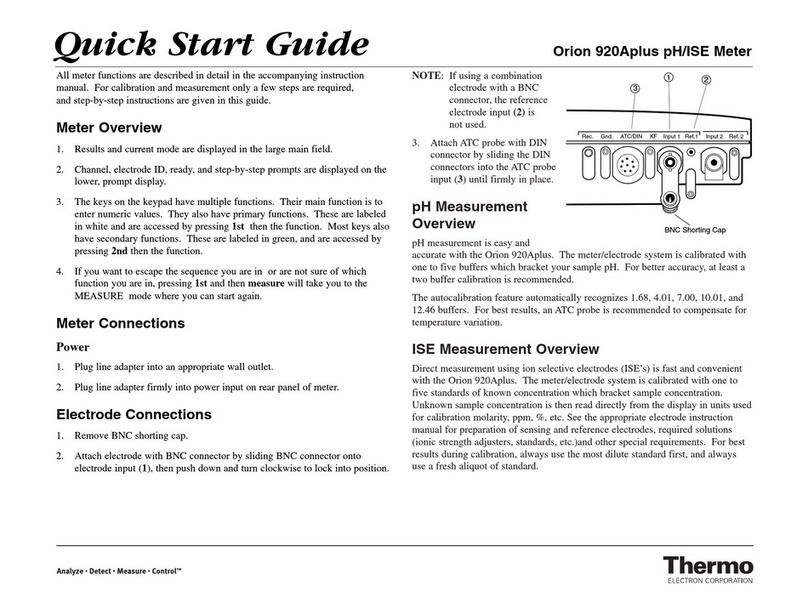
Thermo Electron
Thermo Electron Orion 920Aplus User manual
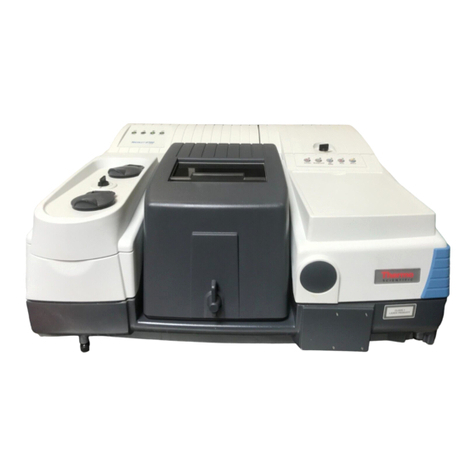
Thermo Electron
Thermo Electron Nicolet 4700 User manual
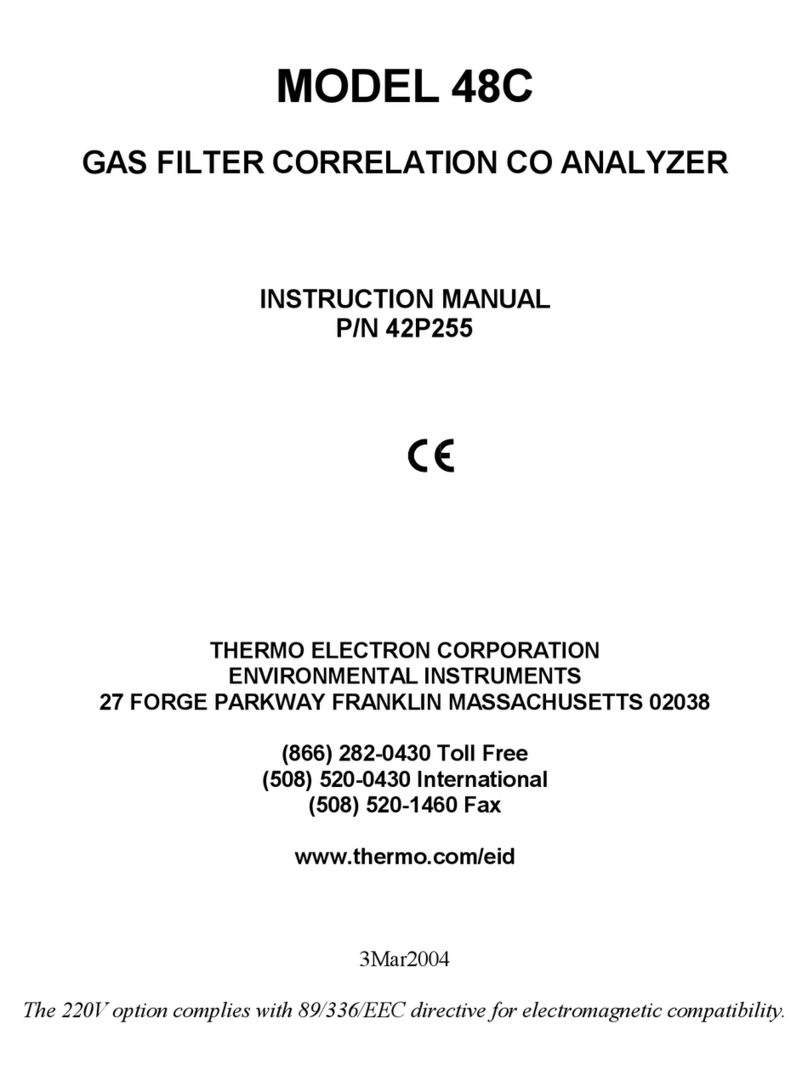
Thermo Electron
Thermo Electron 48C User manual
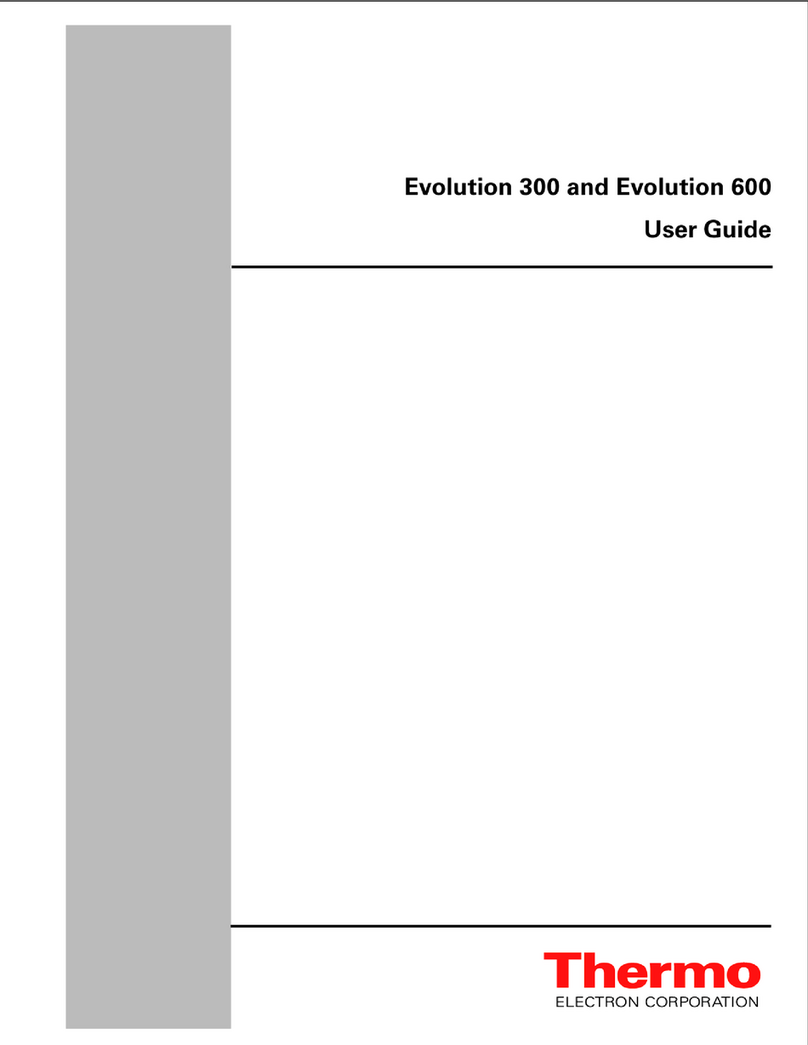
Thermo Electron
Thermo Electron Evolution 300 User manual

Thermo Electron
Thermo Electron Orion Star Series User manual

Thermo Electron
Thermo Electron Polysonics SX40 User manual
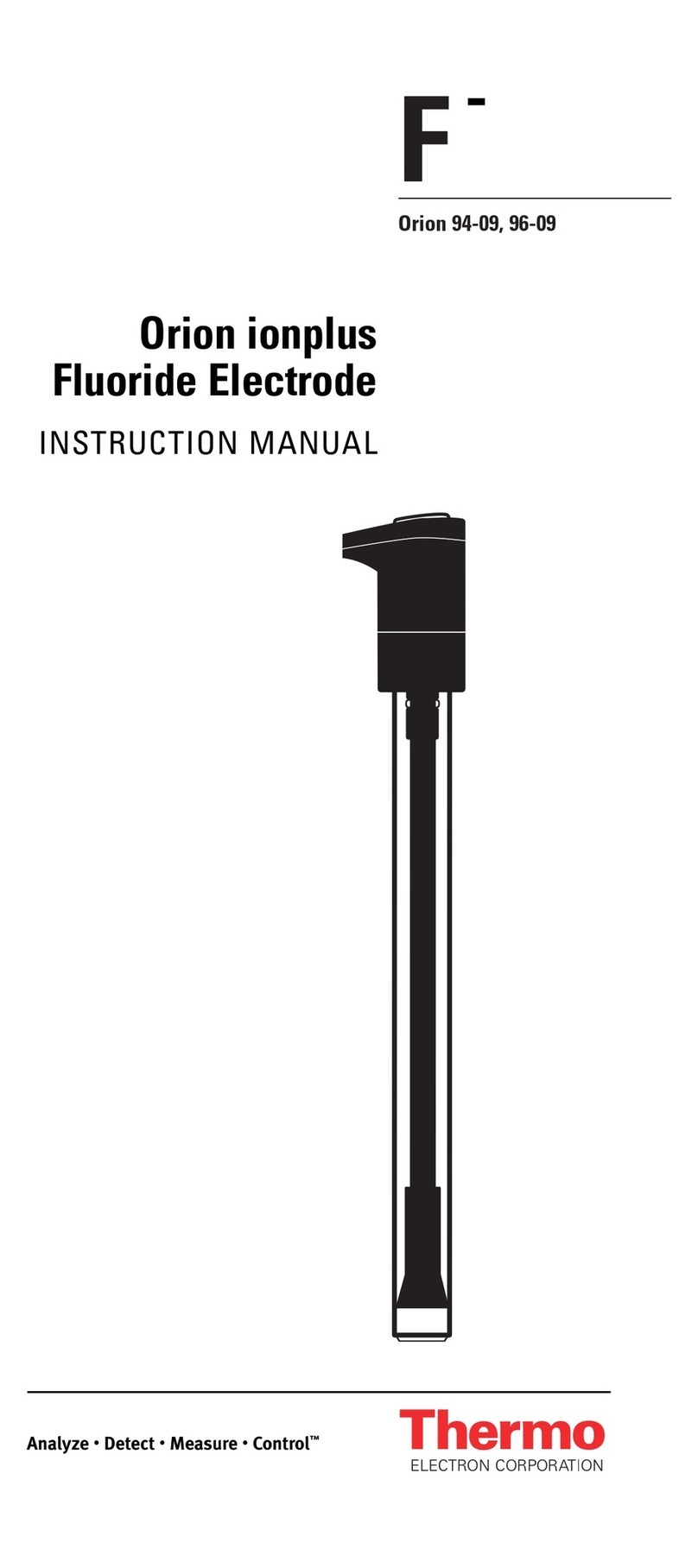
Thermo Electron
Thermo Electron 96-09 User manual
Popular Measuring Instrument manuals by other brands

ATAGO
ATAGO PAL-BXIACID3 instruction manual

EAPL
EAPL PVMD V3.0 instruction manual
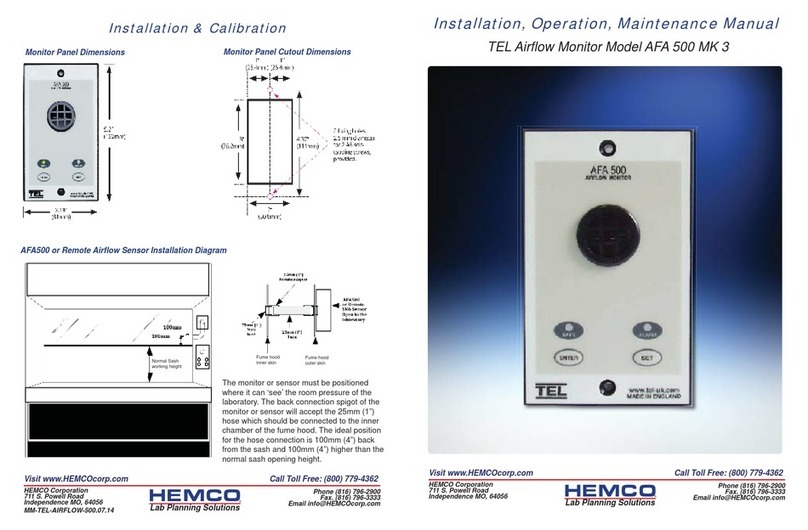
HEMCO
HEMCO AFA 500 MK 3 Installation, operation & maintenance manual
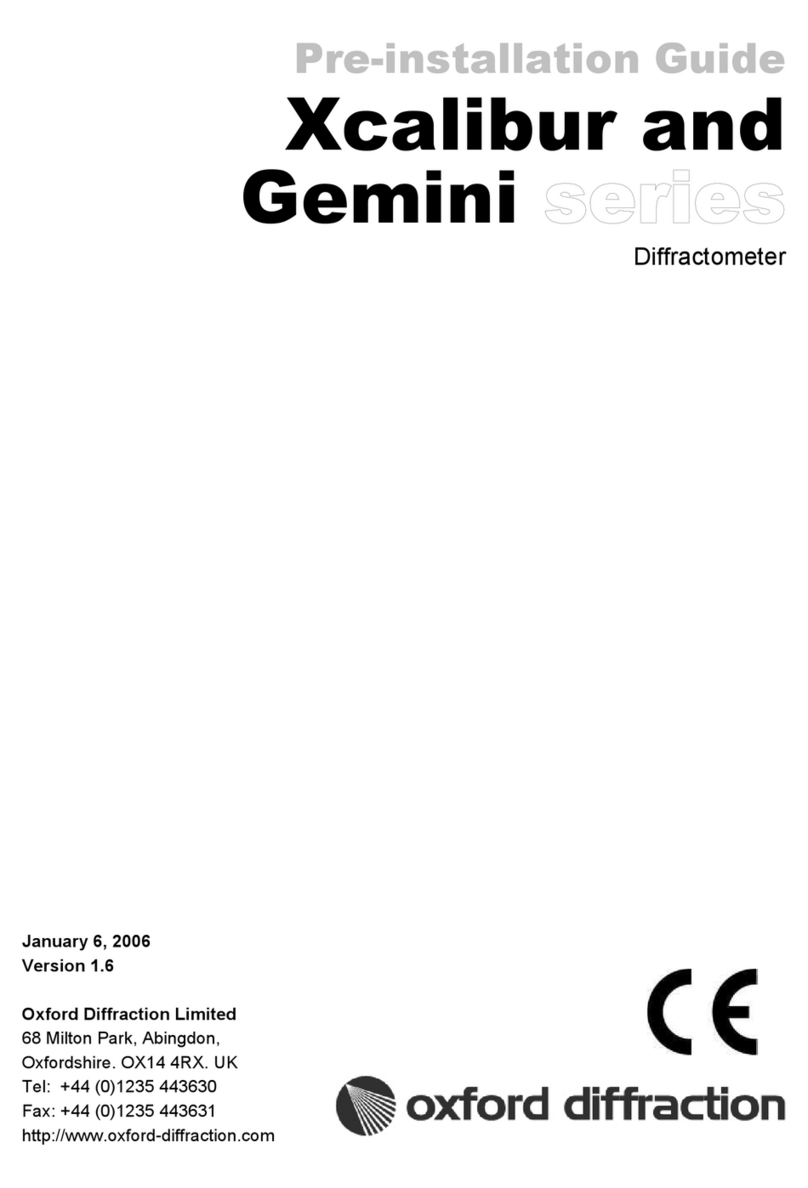
oxford diffraction
oxford diffraction Xcalibur Series Pre-installation guide
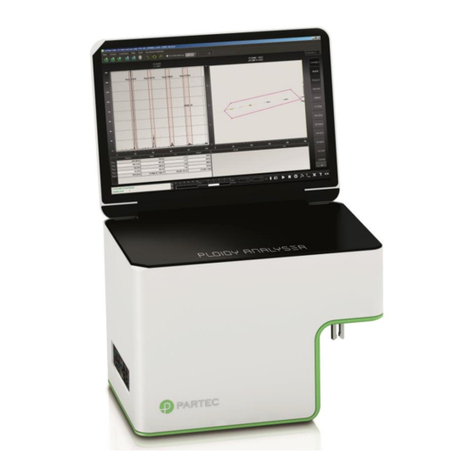
SYSMEX
SYSMEX CyFlow Ploidy Analyser operating manual

HBM
HBM CFT operating manual

Enovation Controls
Enovation Controls Murphy PowerView PV380-R2 Operation manual
Inficon
Inficon HAPSITE Smart operating manual
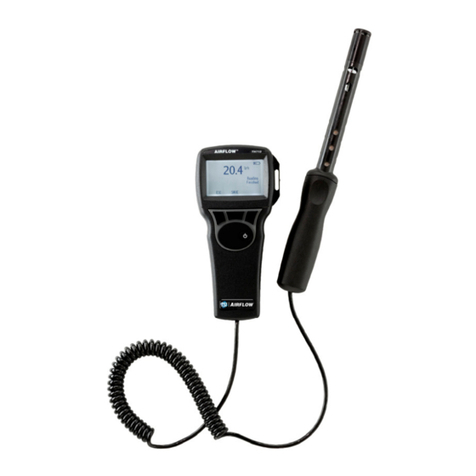
TSI Incorporated
TSI Incorporated Alnor TH710 Operation and service manual

Rigol
Rigol DS6000 Series Application note
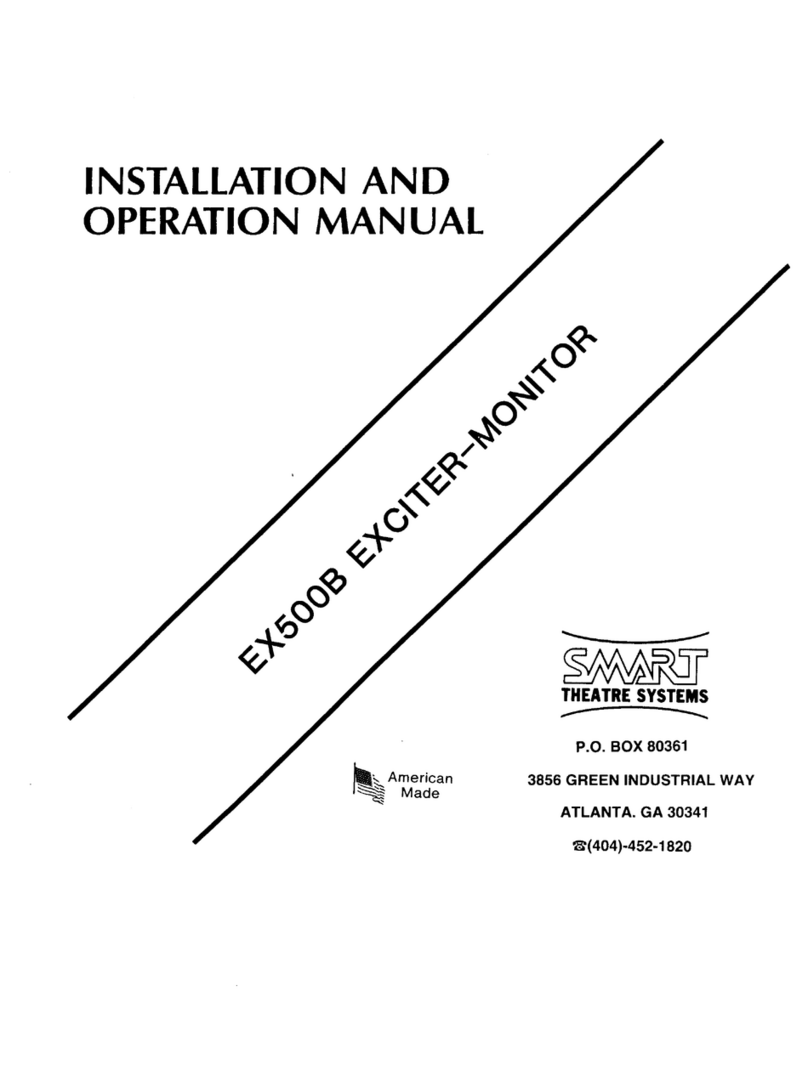
SMART
SMART EX500B Installation and operation manual
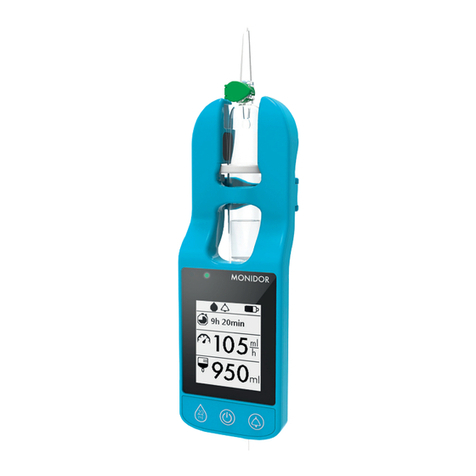
Monitor
Monitor Monidrop W operating manual




